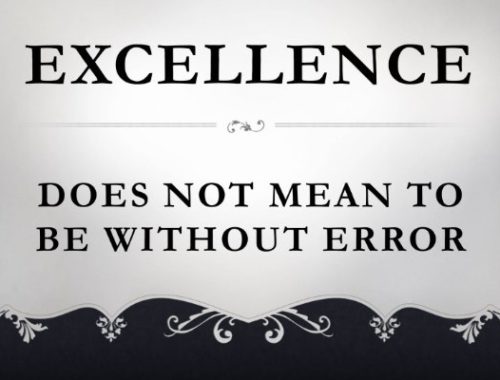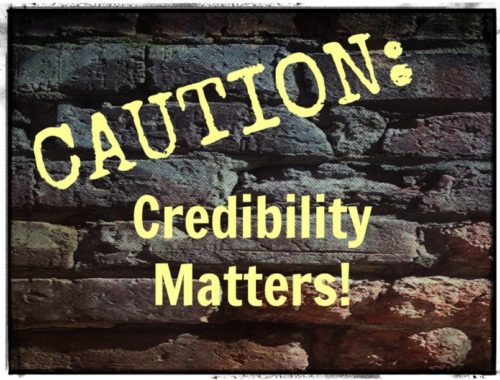
Covering rape: What to look out for in time of #MeToo and #Time’sUp
On January 1, 2018, “more than 300 women of Hollywood form an anti-harassment coalition called Times Up” (Chicago Tribune). “Times Up” becomes a movement for rape survivors to find strength and support, for them to voice their stories and to put justice to their harrassers. According to Vox, since April 2017, there have been “219 celebrities, politicians, CEOs, and others who have been accused of sexual misconduct”.
According to Google Trends, the average amount of rape searches have exceeded 6,000 in 2018 alone. Yet, it wasn’t as prominent four years before, when I was in my first year of J-school at Carleton, when it barely passed the 4,000 mark. Rape was a part of the discussion, but back then no one has ever predicted that movements such as #MeToo and Times Up would stir up so much anguish. They have put pressure onto the world to listen to these men and women. And with this attention comes the responsibility of journalists to write a fair piece.
How do you do it?
Erin Leigh, the executive director of Ottawa Coalition to End Violence Against Women, and Carrolyn Johnston, Coordinator of Sexual Assault Services at Carleton University, have agreed to address major questions a reporter might ask while covering the beat. Each woman discussed what the reporters should be aware of while dealing with this topic, the ways to prevent rape and the kind of education that must be put in place.
There are several ways to ensure that the audience receives a balanced and fair article:
- Provide credible sources. Make sure that the situation that occurred is not a made up story of a jealous ex who wants revenge.
- Seek balance and avoid bias. Your investigation should look into both sides of the story, even if the abuser is obviously wrong. This creates balance in the coverage and helps the audience to be aware of each side.
- Seek to educate. Tell more people about rape, how to prevent it, and provide resources and tools to make sure people can protect themselves from attackers.
- Remember about the human element. Being compassionate is crusial. Even though it seems unfair, both sides deserve psychological treatment: to make sure that the victim can cope with life afterward; and to help the criminal avoid committing the same crime again.
- Help the public stay safe by advocating for more police force or foot patrol in dark alleys or scenes where these crimes have occurred before.
Media’s role in telling rape stories is important because they discuss nuances and educate the public. Media are the eyes and ears of the society; they go to the victim or/and the rapist and ask deep, tough questions to help everyone understand what has happened. It is journalists’ job to give voice to the victims because it gives them the confidence to speak up. It is also their job to tell the rapist’s story, regardless of any objections from the public.
Many laws have been passed in an attempt to reduce the amount of rape and sexual assaults; one of them is a Californian “Yes Means Yes” legislation. It aims at reducing sexual assaults on university and college campuses, which not only changes how police handle rape allegations, but also states that any sexual activities must be subjects to consent.
Follow me on social media!
Young generation will change Ukraine
You May Also Like

The good, the bad, the ugly side of media
August 11, 2018
How-to: four ways to make your media outlet credible
August 8, 2018
